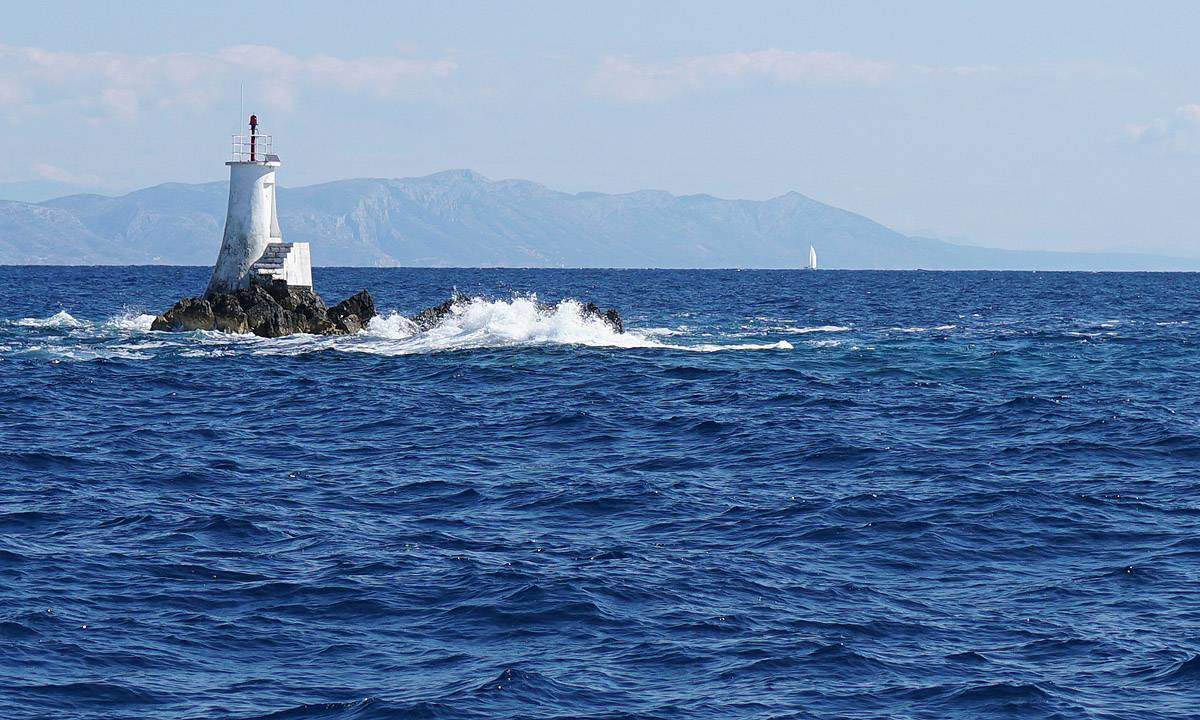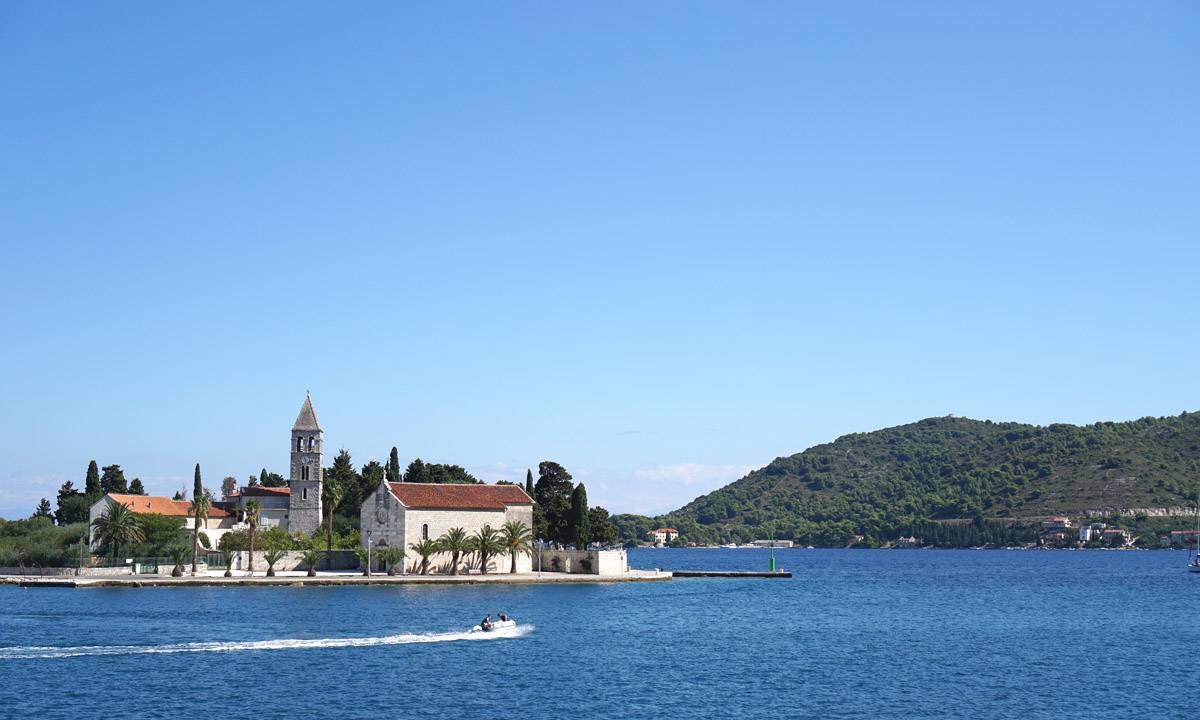I was sitting on the deck of a rather exquisite wooden sailboat called the Tajna Mora. It was early afternoon in the port of a town called Vis, on an island also called Vis, in Croatia, and I was waiting to leave. We’d been scheduled to set off that morning, but as afternoon set in we continued docking, thwarted in our departure by a phenomenon we could not see, or sense at all. While the harbor was calm as could be, out on the open sea a malignant wind was wreaking havoc on the concept of boating. The Bura had come to town.
The Bura originates in the Dinaric Alps mountain range, which hugs the Adriatic Sea from Slovenia down to Kosovo. Amongst the peaks, cold Russian winds arrive from the east and then hover, grow even colder and denser, then make their way down to the sea, gaining in ferocity against the low-pressure, warm Adriatic air as they go. They have their way with all the countries of the Adriatic, from Italy to Slovenia to Croatia to Montenegro, Greece, and even as far as Turkey. They are fiercest in winter, but threaten the calm year round. The Bura can be extremely intense. In March 2015, it blew through Croatia at 103 mph—that’s the equivalent of a Category 2 hurricane.
When the Bura is spoken of by Croatians, it is done so always in a tone encapsulating reverence and fear and wonder in one breath. You do not mess with the Bura, but you can’t tear yourself away from the idea of it, either. Anything that humans cannot tame becomes by that virtue alone fascinating to us. The Bura is such a beast.
I am intrigued by the way a cloudless day can be menacing; for example, how many people writing their accounts of 9/11 can’t get over the flawless way that morning began, in terms of weather. The day I met the Bura was a similarly cloudless one. In the harbor of Vis, there were no waves and there was no wind. There was just a perfect ancient village hugging the shore, made all the more picturesque by the 16th-century Franciscan monastery resting at the tip of a small peninsula in the bay.
I continued to wait on the Tajna Mora with my travel companions, and then, the captain decided we had a window of opportunity. We then listened to advice for how to handle a possibly imminent seasickness. Until then, I was not worried about seasickness. Are you more apt to get seasick if you are thinking about seasickness? It seemed a valid question at the time. I didn’t have any Dramamine on me.
Because our captain on the Tajna Mora knew the Croatian seas inside and out—the name of his ship means “Secret of the Sea,” and he would seem to know it—he picked the right moment to set sail. In the end, my scrape with the Bura lasted only a few minutes, and my stomach held up.
Later that day, having docked in the town of Korcula, we took a guided tour of the old city contained by a medieval wall that strikes triumph in one’s chest as she approaches from the water. Within the walls, a wide main street bisects the old city streets—to its west, the side streets are straight, to let in the friendly maestral winds blowing in from the sea; to its east, they’re curved, to keep out the Bura. The Bura, in the most literal way possible, helped shaped Croatian civilization.
Years ago, I read Joan Didion’s essay, “Los Angeles Notebook,” about the Santa Ana, a wind in Southern California that “shows us how close to the edge we are.” I lacked the first-hand experience to relate to what Didion was getting at, how the wind can beget madness. Then, in late 2012, I went to Hawaii for the first time and stayed in a roughly constructed cabin 10 feet from the shore on the windward side of Oahu. The day I arrived, so did the trade winds, unobstructed for thousands of miles in their path across the Pacific. When opened, our door strained on its hinges. We crouched behind a bush, trying in vain to light a bonfire. A nearby tent came loose from its stakes and landed in a tree. In one 24-hour stretch, I came to understand the unrelenting assault a wind can undertake on one’s sanity. Rereading Didion’s essay today, I recognize the fear and the fascination, and I recognized it too in the Bura.
The author spent a week in September on the Tajna Mora as a guest of Fresh Eire Adventures on its “Bike and Sail” trip.







